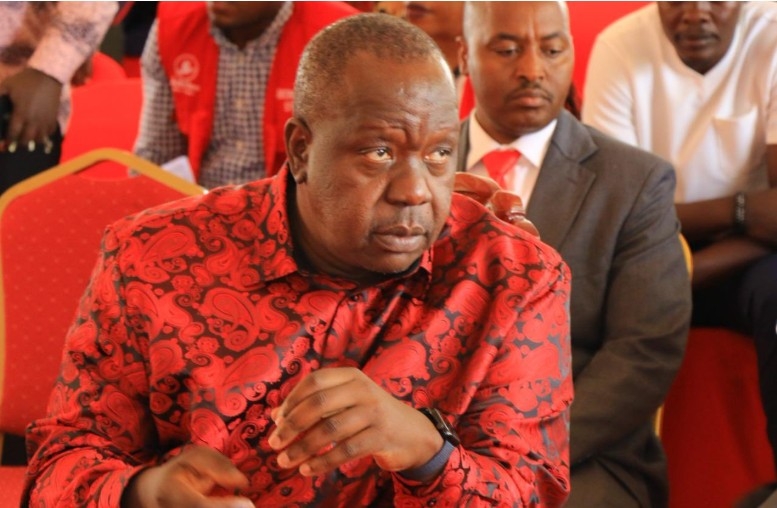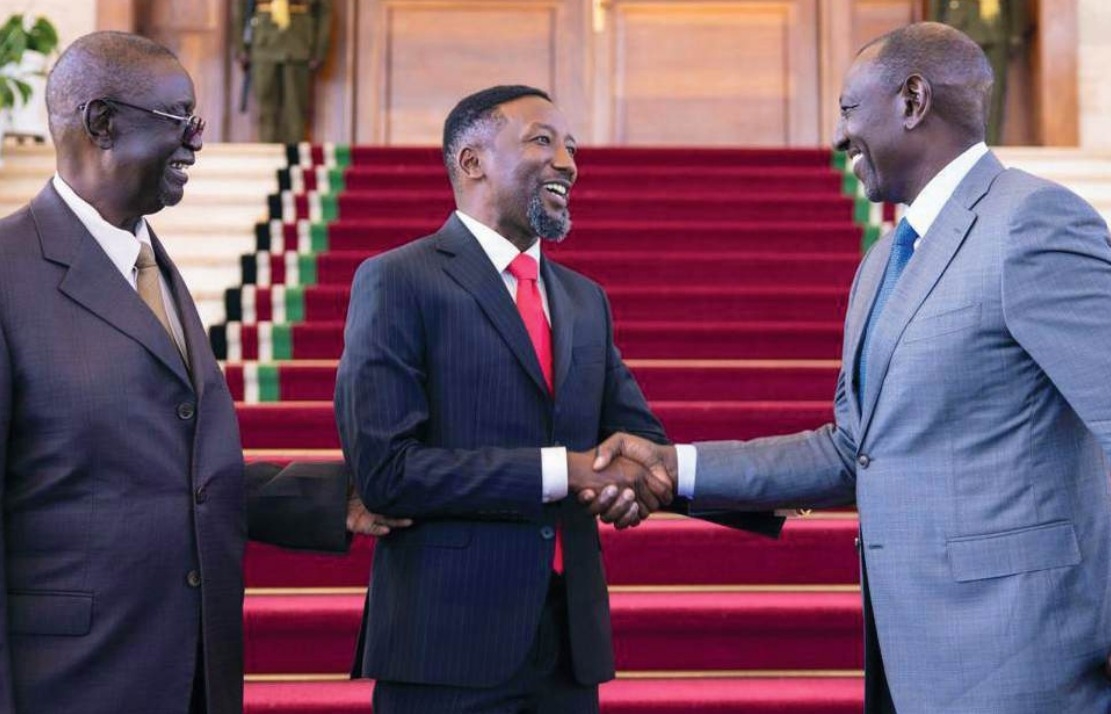

The relationship between culture and the delivery of government services is much closer than many of us wish to admit. It is often quipped that culture eats delivery for breakfast, implying that it is very challenging for governments to deliver quality services and achieve meaningful results without the right culture within their ranks.
Culture refers to the ideas, customs and social behaviour of a group of people or society. It embodies the collective norms of a group and is manifested in their behaviour. A group’s or institution’s culture is so powerful and often so perversive that it ultimately affects the behaviour of individuals within.
Delivery of services to the public is the primary mandate of any government. It is the reason governments seek this mandate in the first place and forms the benchmark upon which their performance is evaluated continuously or at the end of their term. Governments divide this mandate across ministries, departments and agencies, each charged with executing specific functions that contribute to the overall vision of the country.
To effectively undertake their functions, each of these units of government prepares plans that guide the implementation of projects and programmes under their jurisdiction. These are usually in the form of strategic plans covering a number of years or work plans which typically cover a financial or fiscal year. These plans provide details of the activities to be undertaken, targets to be achieved, timelines within which results are to be expected, the resources required and the responsibility centres for accountability.
The government, through the legislature, develops policies and enacts legislation to support the implementation of its projects and programmes. Policies, in particular, are the government’s statements of intent. They are what provides direction to the activities and programmes it implements. Laws and regulations are essentially the rules on which the implementation of these projects and programmes is anchored. The government would find it practically impossible to achieve any significant and sustainable results without sound policy and legislative frameworks.
One would then proceed to ask, how does all this planning, and policy and legislative reforms, relate to culture? Well, it turns out that the answer is right within the implementing units of government. The people. The biggest determinant of the success of government projects and programmes is the people implementing them — their numbers, skill sets, distribution and the culture they exhibit.
While it is easier to recruit the right sets of people for the various government units, train them well and deploy them to the right jobs, fixing the culture within which they operate presents a different kind of challenge. Building a supportive and performance-based culture requires a proper diagnosis of the existing culture, determining a solid vision of the desired culture and putting in place mechanisms for sustainable culture change management.
Kenya’s public sector culture can best be described as a mosaic of different levels of subcultures. This situation has largely been influenced by the country’s history and the effects of the various reform initiatives undertaken over the years. The highly centralised and bureaucratic government system established by the colonial government influenced the operations of public institutions in the post-colonial era and was only significantly affected by the introduction of the devolved system of government under the current constitution. However, Kenya’s public sector is still highly centralised and very bureaucratic.
Numerous reforms implemented over the years have sought to improve efficiency in government services, mainly by breaking down bureaucratic barriers, delegating more decision-making to lower levels and automating processes. Reforms, such as those implemented under the Economic Recovery Strategy for Wealth and Employment Creation of 2003-2007, focused on transforming public institutions as fit-for-purpose vehicles for development. A common aspect of these reforms was the infusion of a strong culture of efficient and people-focused service delivery.
This is indeed the period that ushered in a culture of strategic and work planning, programme-based budgeting, performance contracting, monitoring and evaluation and many other initiatives. Tools such as Rapid Results Initiatives (RRI) and automation of systems were used to demonstrate quick-wins, provide evidence of the practicality of these reforms and improve the integrity of key processes, especially those involving financial transactions, by making them human-neutral.
While significant results were achieved through these initiatives, these were not uniform across the government. Some public institutions achieved some fundamental culture change, while others achieved less than impressive results. One key lesson learnt from these institutional reforms was that they often depended on individuals. Key reform initiatives were rolled back as soon as the leadership of some institutions changed, thus creating confusion and demoralising staff. Another key lesson is the need to continuously invest in these reforms in order to create a critical mass of well-trained and empowered public servants for sustainability.
So, what needs to be done? First, we must hit the performance culture reset button by retracing our steps to the path of system-wide reforms. Next, we must align the reforms to the prevailing environment. This calls for funding of key reform programmes, including training of staff and developing programmes suitable for the increasing number of younger workers joining the public sector. Lastly, we must empower key reform champions and allow them to nurture future generations of reform-minded public servants. These three key steps are critical towards reviving the public sector reform programme and guaranteeing its sustainability.
Owalo is the Deputy Chief of Staff for Delivery and Government Efficiency in the Executive Office of the President

















